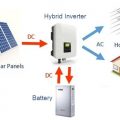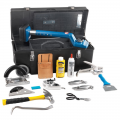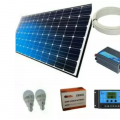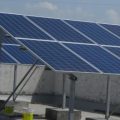- September 28, 2020
- Posted by: tech newsAfrica
- Category: Alternative Energy- Solar and Inverter, Blog, Others, Technologies
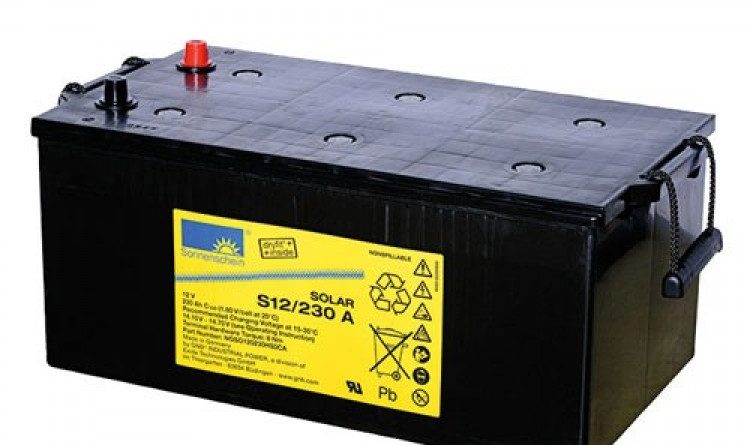
HOW TO MAINTAIN YOU SOLAR BATTERY
Solar battery backup systems allow your home to access stored solar renewable energy at night or on low-power days. Here is some advice not only on how to maintain this system, but also to ensure that it lasts for many years, from the specialists in residential solar in Morris County, NJ.
Program Your Solar Battery System
When you first bring your battery backup system online, you’ll need to program the voltage set points as well as the charging voltage that should be applied during the battery cycle. It’s best to ask your installer to set these for you, as it is critical to the lifespan of your system. If your batteries charge incorrectly, you’ll find that they wear out much faster. You should be able to find this information in your installation manuals.
Flooded Lead-Acid Battery Maintenance
These systems require a checkup every 2 to 4 weeks, which should include:
Water:
Check the water level of your flooded lead-acid batteries every 15 to 30 days as this evaporates during the charge cycle. Refill using distilled water only, as other water has minerals and particles that will affect the chemistry of the battery. Only fill to the max level line.
State of Charge (SoC):
Using a refractometer and the instructions in the manufacturer’s manual, you can check how charged your batteries really are. If they are not holding a charge even after a full charge cycle, they may be old, damaged or defective and require replacing. Keep in mind that battery capacity lowers with age, so track their age and replace them within the manufacturer’s recommended time.
Equalization Charges:
This ensures that cells are charged equally. It also requires a controlled overcharge every 30 to 90 days. First, check the water level and refill if needed. Turn off any loads before setting your charger at the equalize voltage (you can find this in your battery manual). Start the charge and take readings on your refractometer every hour. When the specific gravity stops rising, this process is complete.
Additional Maintenance:
Check that the battery cable connections are tight, clean terminal connections with a paste of distilled water and baking soda to prevent corrosion, and clean away dust with a damp cloth.
Sealed Lead-Acid Battery Maintenance
These batteries require less maintenance overall, but you should check the following:
State of Charge (SoC):
Use a multimeter to check the DC voltage of your batteries and check these readings against the chart in your battery manual. Do this test when the batteries have no load. If they fail to reach 100%, they may be old or defective.
Additional Maintenance:
Check cables and terminals to ensure that they are securely tightened, and clean away any dust collecting on the top of the batteries. Remember to always wear gloves and eye protection, and use insulated tools.
Lithium-Ion Battery Maintenance
These are a favorite solar backup system option for homeowners as they require the least maintenance. After having them professionally installed and set up, all you have to do is the occasional SoC reading to ensure they are holding the charge properly. You can do this with a specific tool recommended by your installer (they are unique to each manufacturer as they communicate with a built-in battery management system).
In addition, be sure to examine the the cables and terminals and tighten if needed, and dust the batteries thoroughly. As above, always wear gloves and eye protection, and use insulated tools.
IF YOU ARE HAVING ISSUES ABOUT SIZING YOU BATTERY, CLICK HERE

